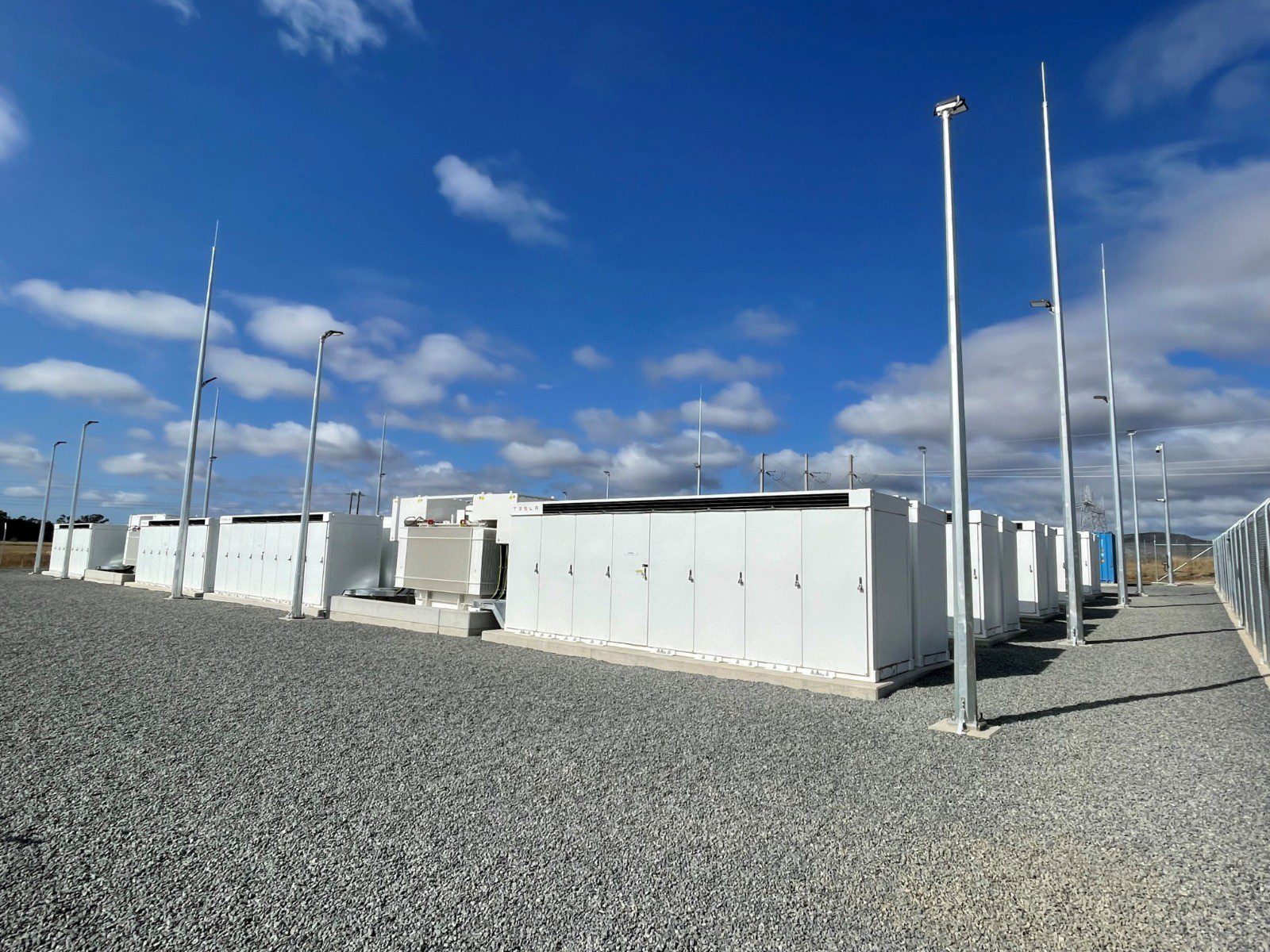Genex Power’s brand new Bouldercombe battery has quickly become the company’s biggest earner, with the 50 MW, two hour battery easily trumping the revenue earned by the company’s two operating 50 MW solar projects.
The company announced on Monday that the Bouldercombe battery earned $4.2 million of net revenue in its first full quarter of operations, after dispatching 7,152MWh of energy to the Queensland grid for an average price of $385 per megawatt-hour.
The battery, which only switched on in December last year, is the star of what Genex describes as a “very solid” quarter of revenue, totalling $9.6 million.
Another $2 million was contributed by the 50 MW Kidston solar farm in Queensland (which enjoyed a boost in its average price received of $80/MWh) and $3.4 million from the Jemalong solar farm in NSW (average price $97/MWh).
That brings the company’s total revenue for the 2024 financial year to $20 million, which is above the prior corresponding period of $19.6 million.
Genex CEO Craig Francis says the company has been “delighted” with the start made by the battery in Rockhampton, in central Queensland, which he says captured the “significant volatility” observed in wholesale electricity markets.
Francis says the Boudlercombe battery has a 20 year warranty and operations and maintenance contracts with Tesla, which means if it breaks – or catches fire – they fix it. It has also got a Tesla offtake over a term of eight years, which Francis describes as “quite an innovative, fixed and floating off-take structure.”
“Tesla is operating the plant at the moment using their autobidder algorithmic bidding technology to operate in the … control ancillary services markets and every five minutes optimising the dispatch of the plan to maximise revenue,” he said.
“They also provide us with a revenue floor guarantee and in exchange for operating the plant and providing that guarantee we share a portion of the upside.”
Genex CFO Patrick McCarthy told an investor briefing on Monday that, while it’s difficult to predict future revenue from batteries – given the “lumpy” nature of the markets they operate in – the company had settled on a guidance of $12-$15 million a year from Bouldercombe.
“Going forward, we’re looking towards more the energy arbitrage revenue streams rather than the frequency events – and that’s just the way the market has moved as of late,” McCarthy told the webcast.
“The summer period from January to March is much higher revenues… [due to] higher volatility and higher demand for energy, you get those peak events,” he said.
“That comes off quite a bit in the in the autumn periods, but then in winter, again, we expect more volatility as higher demand picks up.
“So it is a bit lumpy – it’s a month-by-month forecast of revenues. But I think if we can kind of continue along that path, as we have been doing this last quarter, or a bit softer, we would be happy with that.”
The performance of Bouldercombe augurs well for Genex’s plans for the 400MW/1600MWh Bulli Creek big battery, which it is developing as part of a massive solar and storage hub in Queensland’s Toowoomba region.
Francis says the plan for the Bulli project is to start with the development of the first stage 775MW solar farm, including locking in a off-take deal for its output. He says the company is continuing offtake discussions with Fortescue and is confident of underpinning the solar farm.
“Those discussions are nearing conclusion which will enable us to commence the financing process imminently,” he told the webcast.
“If we were to kick that off with the battery – batteries having a much shorter procurement time – it’s likely we’d have a battery ready to plug in but no transmission infrastructure there.
“So it all works quite neatly, to focus on the solar first – to have that committed with the transmission infrastructure and the construction – and then the battery to follow in 2025 so that all all three projects… will be ready to connect into that infrastructure at about the same time.”
Meanwhile, energisation of the company’s flagship project, the 250MW/2,000MWh Kidston Pumped Storage Hydro Project (K2-Hydro), has been pushed out from the end of this year to the first quarter of 2025.
Francis says this delay is due to a minor setback in non-critical works and the company doesn’t expect it to affect the contractual completion date, which is still set for the first half of calendar 2025.
“We’ve got a $1.1 billion fully funded portfolio of 400MW and growing, and focused on a pretty large pipeline – 2.3GW of wind, solar and battery opportunities, over a gigawatt of which we’re looking to take to a final investment decision this year,” he said.
“We’ve got …what I think is a very attractive revenue profile, highly contracted – 83% of the 400MW contracted out to 2055 with strategic exposure to merchant scenarios, including large-scale generation certificates and, importantly, with Bouldercombe, market volatility.
“How we’re looking to model the portfolio going forward is to have a highly contracted portfolio but to take discrete exposure to merchant pricing where we think it’s, it’s attractive and that’s how we’ve been operating in the past as well with with our merchant exposure.”


